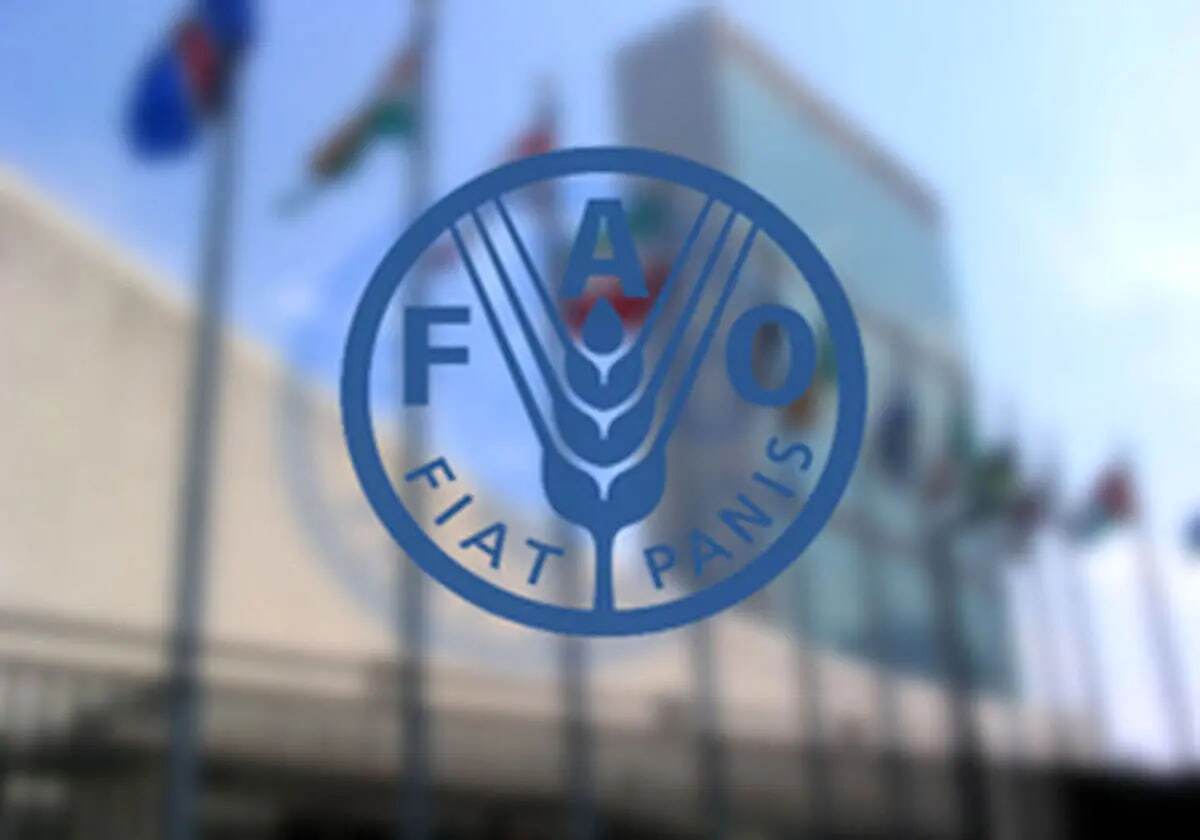
FAO Delivers 1st Batch of Technical Assistance to Battle Desert Locusts
EghtesadOnline: The Food and Agriculture Organization has delivered the first batch of its technical assistance to Iran’s Plant Protection Organization to help the country battle the invasion of desert locusts, FAO’s Iran Office has announced in a press release.
The batch includes 25 Ultra Low Volume sprayers worth around $125,000, Mehr News Agency reported.
FAO signed a $500,000 Emergency Technical Cooperation Program (TCP) project with PPO affiliated with the Agriculture Ministry on March 19 to enhance the country’s technical capacity for early warning, monitoring and management of desert locust.
Funded by FAO, the project will contribute to the efforts of Iranian national and local managers and experts in the five southern provinces of Khuzestan, Bushehr, Fars, Hormozgan and Sistan-Baluchestan by providing knowledge, skills and equipment to detect, track and rapidly respond to desert locust infestation, FAO writes on its website.
As per the agreement and in close collaboration with PPO, FAO will initially conduct a workshop for three Iranian experts on training skills. Later, the organization will organize a number of training workshops for 320 locust, plant protection and agriculture officers in the concerned provinces, enabling them to effectively utilize and maintain ULV sprayers and to further empower them in survey and control operations and in reporting on desert locust.
FAO believes this round of desert locust outbreak is the worst in 25 years across East Africa and Southwest Asia and the worst for Iran over the past five decades.
Spring breeding continues in southern Iran and southwest Pakistan where control operations are in progress against hopper groups and bands, as well as an increasing number of adult groups. As vegetation dries out, more groups and swarms will form and move from these areas to the summer breeding areas along both sides of the Indo-Pakistan border as several waves from now until at least early July.
Good rains are predicted during the first half of June along the Indo-Pakistan border that would allow egg-laying to occur, FAO writes on its latest desert locust situation update on May 21.
The desert locust has infested seven southern Iranian provinces and the battle against the migratory pest continues since Feb 19.
“The voracious pest has been fought on over 299,458 hectares of land in Sistan-Baluchestan, Hormozgan, Bushehr, Kerman, South Khorasan and Khuzestan provinces. New hopper bands are entering Jask County in Hormozgan Province and PPO is taking the necessary measures,” Mohammad Reza Mir, the spokesman of PPO, affiliated with Agriculture Ministry, was quoted as saying.
Out of the aforementioned provinces, said Mir, Sistan-Baluchestan is the worst hit where the pest has been confronted on more than 126,537 hectares.
The official noted that no damage has been caused to orchards and farms in the infested provinces so far.
“The migratory pest has found its way to Iran from the littoral countries of the Persian Gulf where due to barren lands and the fact that very little or no agricultural activity takes place, no serious battle against it has taken place either. Yet, due to Iran’s effective measures against the spread of the locust, fewer swarms have invaded India, Pakistan and Iraq,” he was quoted as saying by Young Journalists Club.
“We are planning,” he said, “to use drones to battle the pest in mountainous and hard to reach areas such as swamps. Yet the most effective and environment-friendly method is to use vehicle-mounted and handheld sprayers.”
Meanwhile, grasshoppers have been spotted in Tehran Province over the past few days.
“These grasshoppers are not desert locusts and cause no threats to farms and orchards. They are local grasshoppers, swarms of which have increased in the province in the past few days in Robatkarim, Pishva and Varamin counties in particular. These grasshoppers appear every year and this year, due to high precipitation levels and good weather conditions, they have increased in number,” Mir was quoted as saying by ILNA.
PPO has predicted that these hoppers, which are not considered agricultural pests, will decrease in number within the next 20 days without requiring chemical confrontation.




